
The air conditioner only has wind but is not cool. Don't rush to call a repairman and waste money. If you do this, it will be cold.
The Air Conditioner Only Blows Air but Doesn’t Cool? Try This Before Calling a Technician
During the scorching summer months, an air conditioner is an essential appliance that helps keep indoor spaces cool and comfortable. However, many people encounter a common issue: the air conditioner is running and blowing air, yet the room remains warm even when the unit is set to Cool mode, the temperature is lowered, and the fan speed is at maximum.
Before rushing to call a technician, there is one simple part of the unit you should check first—because in many cases, the solution is surprisingly easy and can bring back the cool air almost instantly.
Why Your Air Conditioner Blows Air but Fails to Cool
According to long-time HVAC technicians and major distributors, the most common reason why an air conditioner runs without producing cool air is a dirty air filter. Over time, dust and debris accumulate on the filter, restricting the airflow from the indoor unit into your room.
A repair shop owner in Hanoi shared that around 70% of cases they handle—where the AC doesn’t cool properly—are caused by a dirty indoor unit or outdoor unit, especially a clogged filter. When airflow is blocked, the system must work harder to push air through, leading not only to weak cooling but also higher electricity bills and increased noise.
Studies show that an AC unit can lose 1% of its efficiency every week due to dust buildup. A heavily clogged filter reduces airflow significantly and slows down the distribution of cool air. This can cause energy consumption to rise by 5–15% compared to when the unit was new.
That’s why when your AC suddenly stops cooling or begins to make louder noises, the first thing you should check is the air filter. Cleaning it regularly will immediately improve performance and prolong the lifespan of the machine.
How Often Should You Clean the Air Filter?
Technicians recommend the following cleaning intervals:
For households
-
Clean the filter every 3–4 months if the AC is used daily.
-
If usage is less frequent, cleaning every 6 months may be sufficient.
For offices, restaurants, and factories
-
Clean at least once a month, because these environments tend to be dustier and the AC often runs for longer hours.
Regular maintenance not only restores cooling performance but also prevents unpleasant odors, water leakage, and system overload. A clean AC works faster, cools better, and consumes less power.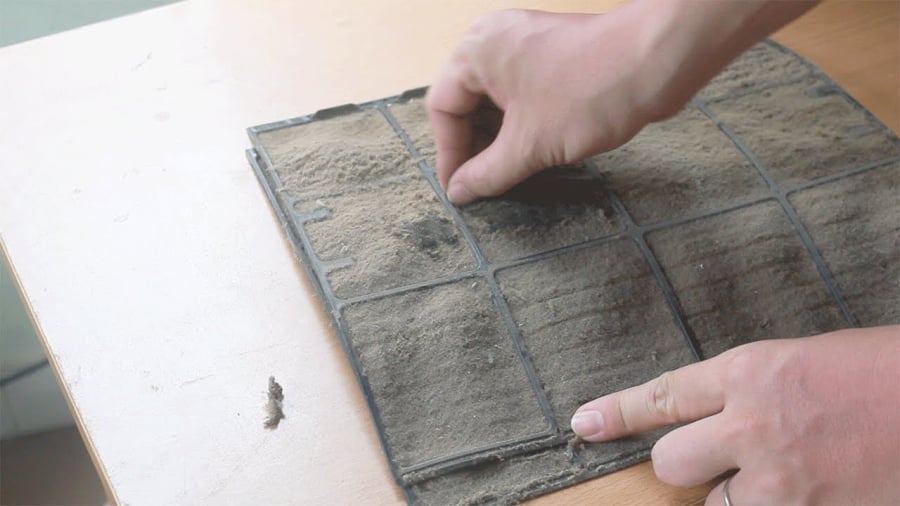
How to Clean Your Air Conditioner at Home
Air conditioners accumulate dust mainly in the dust filter, aluminum fins, and air outlet slots of the indoor unit. The outdoor unit typically collects dirt around the fan blades and inside the casing.
You can perform basic cleaning at home, but if your AC hasn’t been serviced for a long time, a professional technician is still recommended for a deep cleaning using high-pressure pumps and specialized tools. This helps remove stubborn dirt, mold, and blockages in both indoor and outdoor units.
For routine cleaning, follow these steps:
Step 1: Turn Off the Power Completely
Switch off the circuit breaker or unplug the AC to ensure safety during cleaning.
Step 2: Open the Front Cover
Gently lift the front panel of the indoor unit and remove the air filters. Most units have two filters.
Step 3: Wash the Filters
Use water and a soft brush to clean the filters. Brush gently to avoid damaging the mesh.
Step 4: Dry the Filters
Pat them dry with a soft cloth or let them air-dry naturally. Meanwhile, use a dry brush or cloth to wipe dust from other accessible parts inside the unit.
Step 5: Reinstall the Filters
Once the filters are completely dry, reinstall them and close the front cover.
If the AC Still Doesn’t Cool After Cleaning
After reassembling the unit, turn it on and check whether the cooling improves.
If the AC still blows warm air, the issue may be related to low refrigerant levels, a faulty compressor, electrical problems, or a dirty outdoor unit that requires professional equipment to clean.
In such cases, you should call a qualified technician to diagnose and repair the problem properly.
News in the same category


When boiling duck, don't add ginger and cold water. Add this to remove all the bad smell from the meat and you won't get tired of eating it.

My nana taught me this hack to get rid of dark circles in 5 mins with 0 work. Here’s how it works

Put a cotton ball with VapoRub in your ear & get this remarkable effect

A Drink That May Help Reduce Cancer Risk: Not Tea or Coffee

Tips for preserving ginger without refrigeration

Whether It’s AA or AAA, Don’t Throw Them Away When They Run Out — Here’s a Simple Way to Revive Batteries in 10 Seconds

If the fan is dirty, you don't need to remove the frame or use water

Placing a Sock on Top of Your Air Conditioner: A Small Trick With Big Benefits—Especially on Scorching Days

My nana taught me this hack to strengthen thinning hair in 7 mins with 0 work. Here’s how it works

When you buy cilantro, don't put it in the refrigerator right away
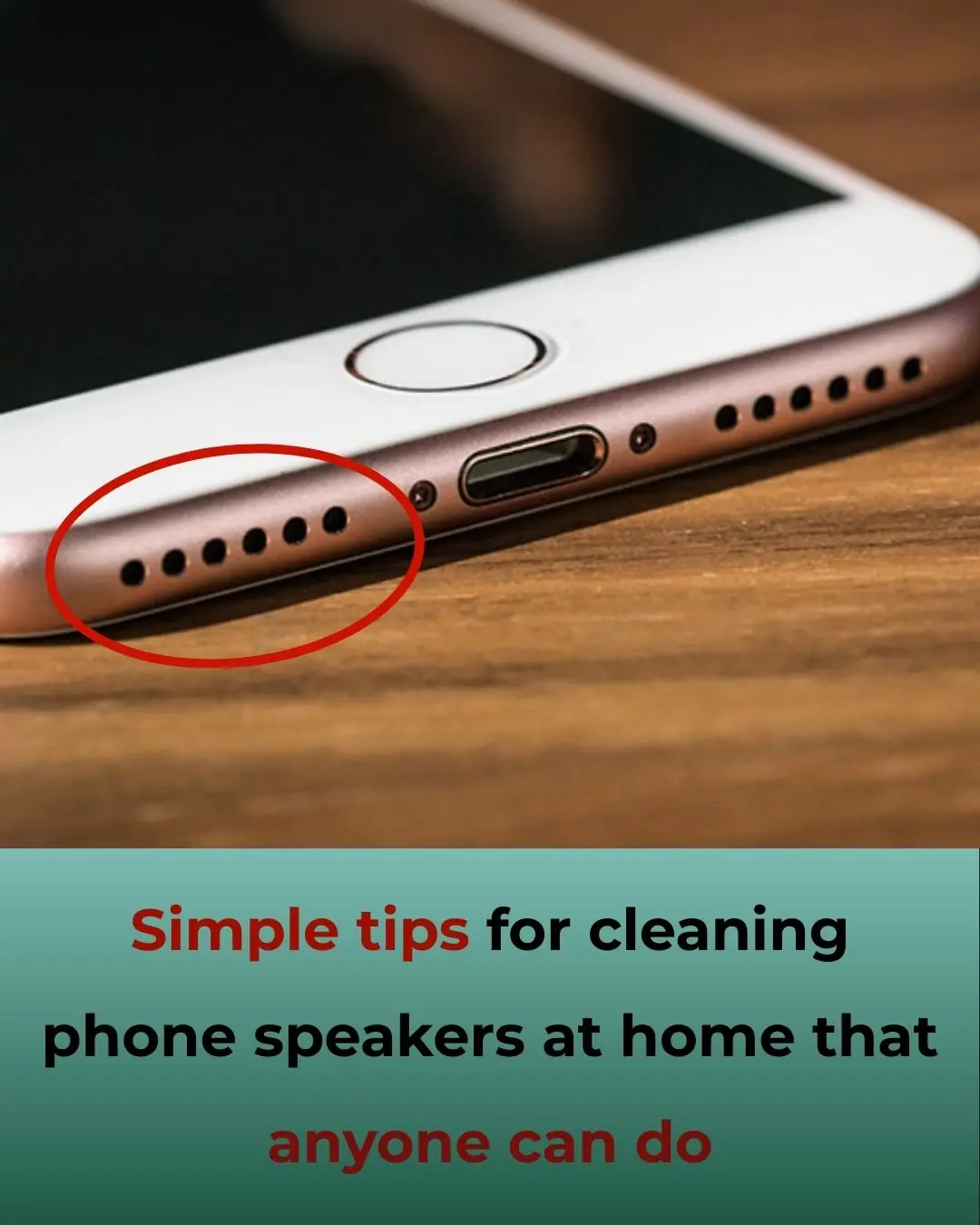
Simple Tips to Clean Your Phone’s Speaker at Home — Anyone Can Do It

How to Grow Sweet Potatoes in Bags Using Simple Sprouts – High Yield Method

When cooking crab soup, just add this, the crab bricks will form large, beautiful blocks

Applying ginger to the navel

Placing a Dish of Salted Lemons by Your Bed: 5 Powerful Benefits Few People Know About
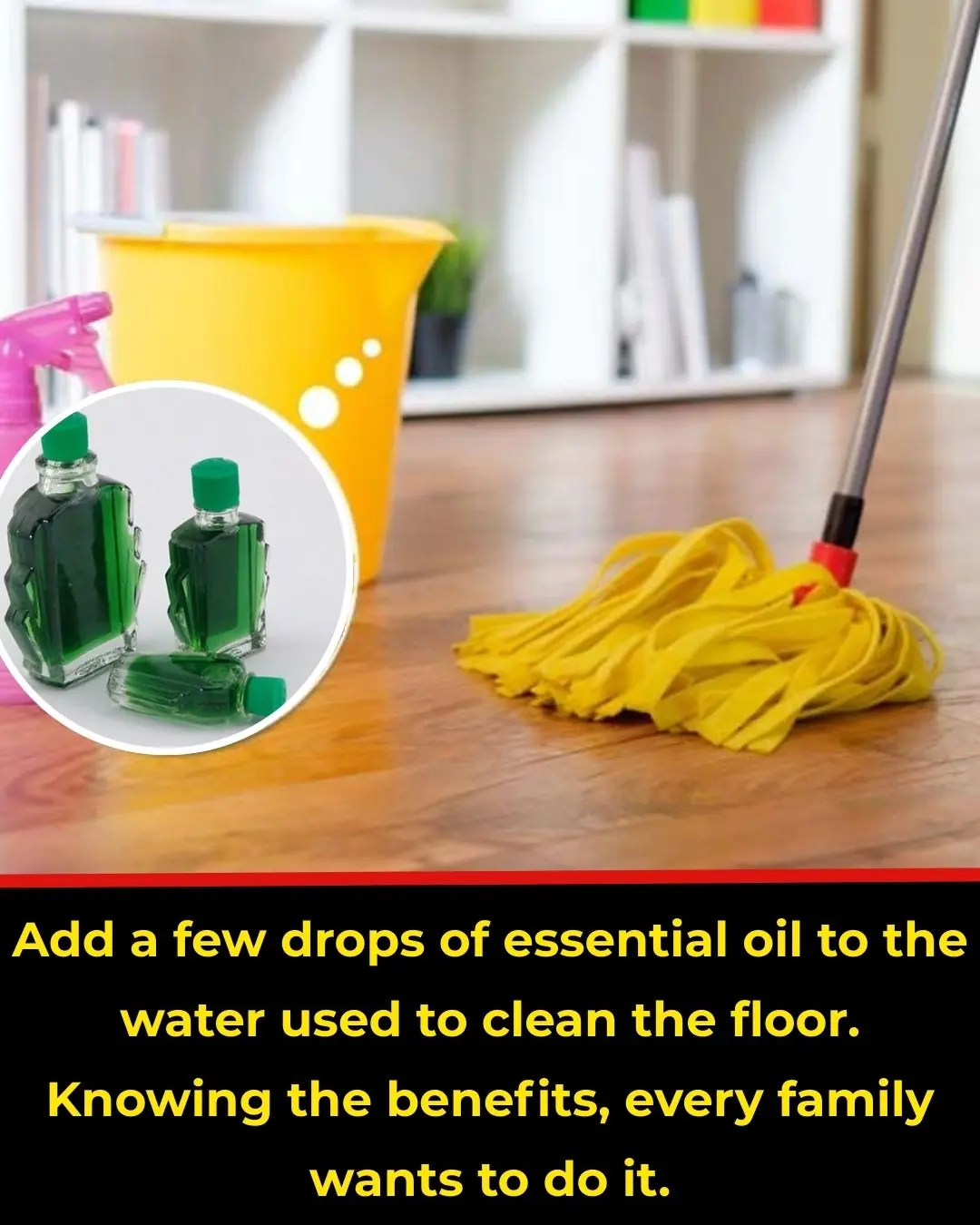
Add a few drops of essential oil to the cleaning water.

Large Navel Oranges vs Small Navel Oranges

How to make delicious and attractive steamed chicken with lotus leaves
News Post
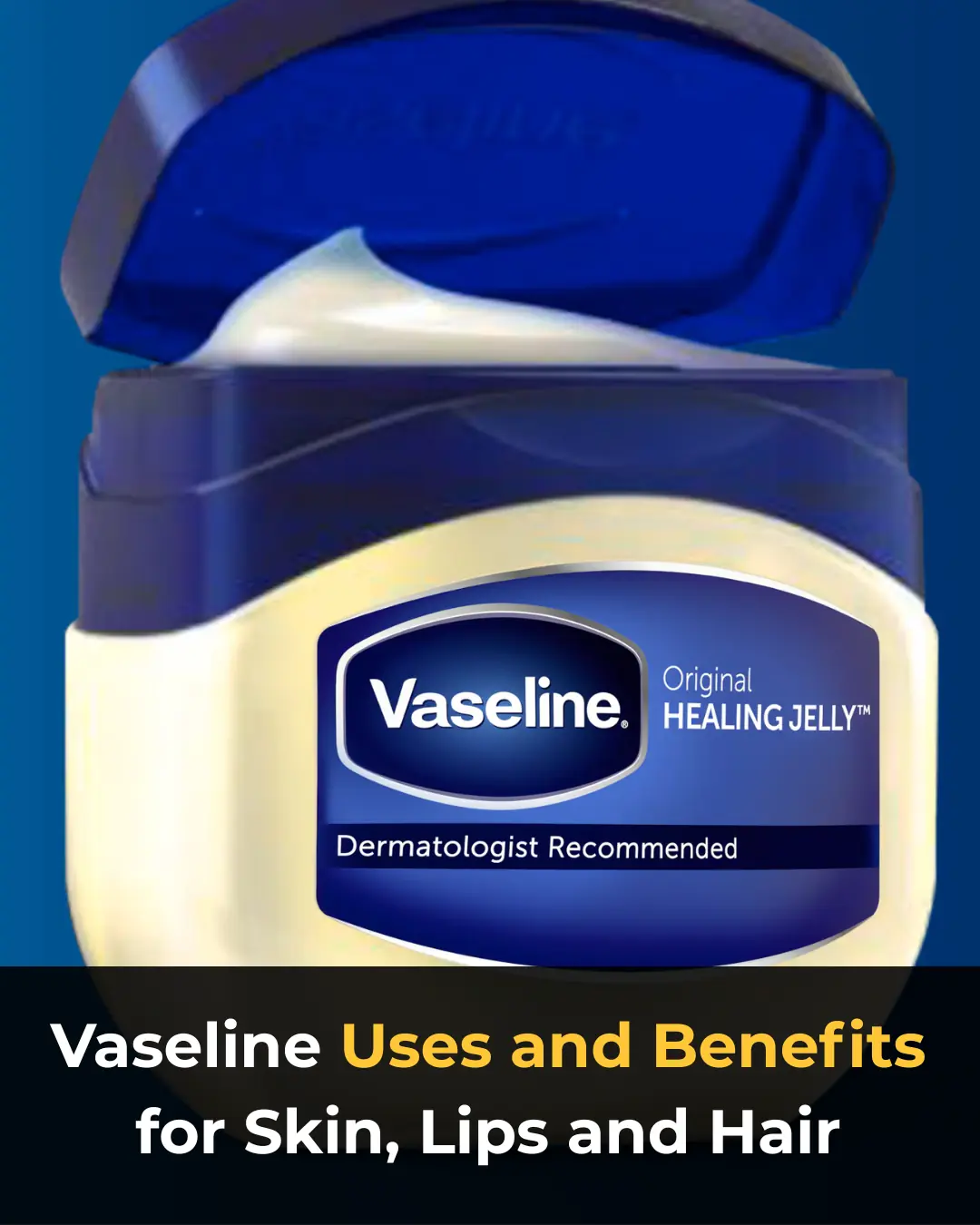
Vaseline Uses and Benefits for Skin, Lips, and Hair

10 simple ways to reduce dust at home that most people overlook
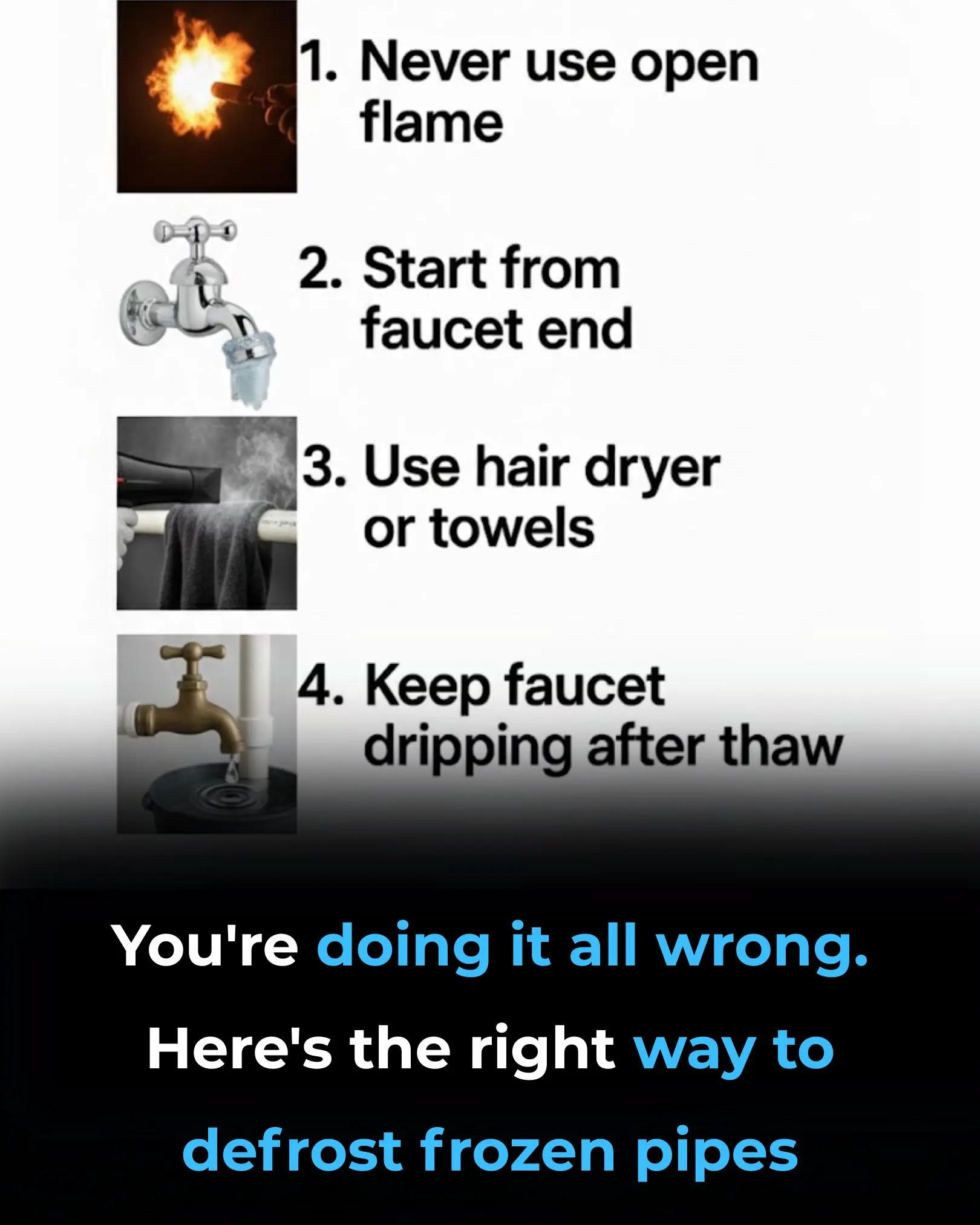
You’re Doing It All Wrong: Here’s the Right Way to Defrost Frozen Pipes

7 Powerful Fruits to Preserve Muscle Strength and Energy After 50

I Didn’t Know!

The #1 FASTEST way to reverse fatty liver naturally

Could the bacteria in your nose be causing Alzheimer’s?

How to treat nerve pain in the foot, toes & legs

The more flowers the money tree has, the more luck it attracts: Do this and the money tree flowers will grow 5 times faster.

When boiling duck, don't add ginger and cold water. Add this to remove all the bad smell from the meat and you won't get tired of eating it.

Avocado Seeds: The Overlooked Nutritional Power Inside the Fruit

Bee venom wiped out 100% of aggressive breast cancer cells in just 6 hours

A New Breakthrough: Magnetic Microrobots Designed to Navigate Blood Vessels and Stop Strokes
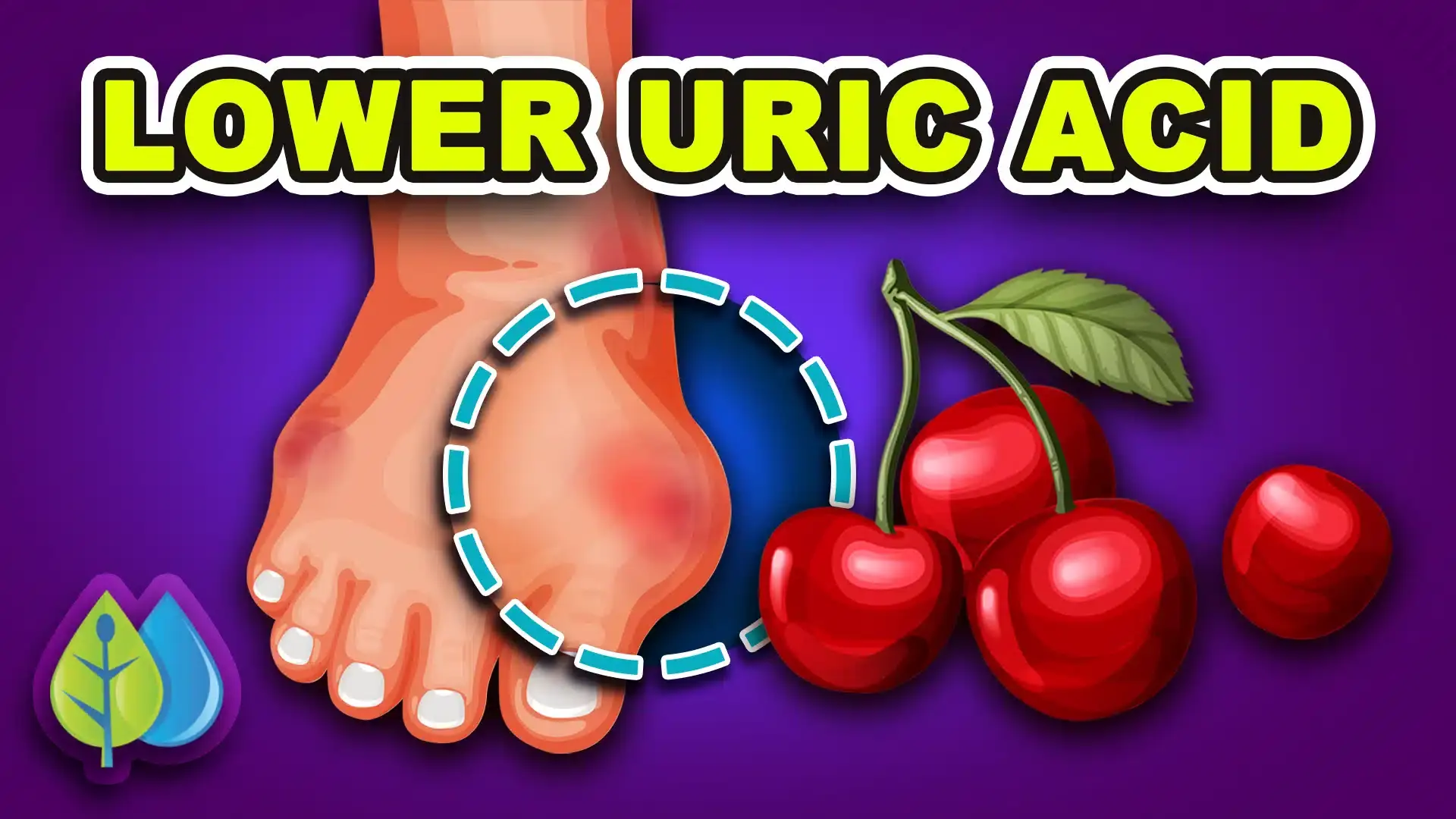
10 Ways to Lower Uric Acid Naturally

A Dual Climate Solution: Solar Panels Over Canals Could Save Billions of Gallons of Water

Regenerative Medicine Milestone: Stem-Cell Trial Restores Motor Function in Paralyzed Patients

From Crow to Cleaner: How Feathered Geniuses Are Fighting Litter in Spain

6 Foods That Can Drain Your Calcium and Weaken Bones
